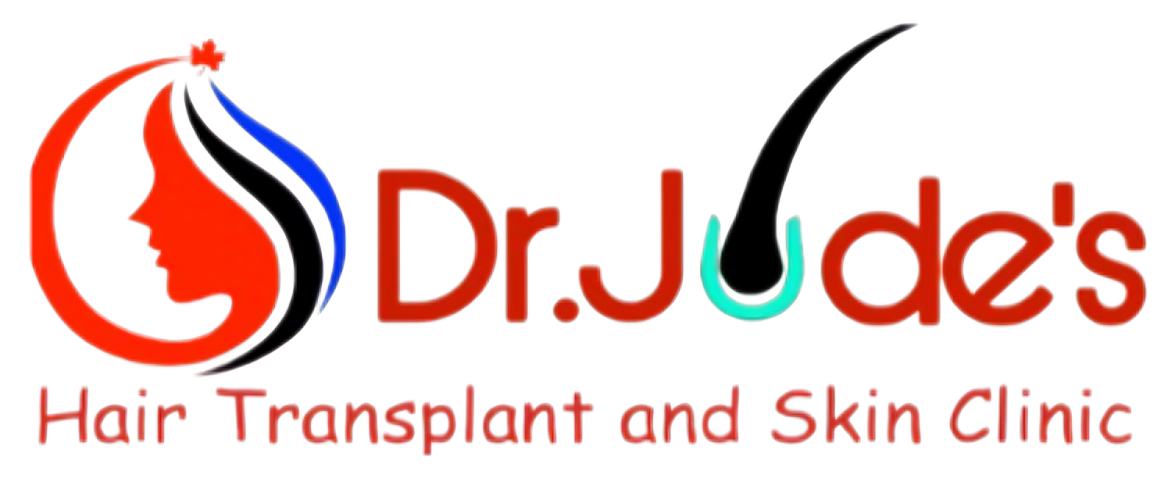As Dermatologists, a common complaint that we come across in our patients in increased pigmentation over the neck and underarms. Some mistake it to be dirt and get into the habit of scrubbing these areas hard to reduce the pigmentation, which in turn tends to aggravate it. What is the reason for this pigmentation? Is it related only to the skin or does it indicate something sinister?
Friction and skin colour:
Your skin colour is not uniform throughout your body. Areas on the body that are more prone to friction, such as the elbows, knees, neck, underarms and thighs, tend to be more pigmented compared to rest of the skin. This occurs due to an increase in the thickness of the skin as a defense mechanism against the repeated friction encountered in these areas. This is seen in all individuals but can be more in darker skin types. But when there is an excess/ disproportionate increase in pigmentation at these sites, it could mean something more.
Skin as a mirror to internal health:
Skin is the largest organ in the body. Taken all together, your skin weighs twice as much as your brain! Being such an important organ, it is only natural that the skin mirrors outside many of the imbalances that occur on the inside. Thus, the skin can provide early indicators to even some serious illnesses that might affect the internal functioning of the body. An example of this is the onset of pimples and increased oil secretion on the face during puberty, which is due with the hormonal changes taking place during this period.
Acanthosis nigricans:
Excess pigmentation over the neck, underarms, thighs and sometimes the hands and feet, associated with increased thickness of the skin, giving a velvety appearance, is called Acanthosis Nigricans (AN). This can be associated with itching and can often be accompanied by the development of skin tags. AN occurs due to action of excess levels of hormones such as Insulin and Insulin-like Growth Factor (IGF). This is seen in conditions associated with insulin resistance such as Type 2 Diabetes Mellitus or pre-diabetic state, obesity, thyroid hormone irregularities, PCOS and even some cancers.

What can you do about it?

Your Dermatologist will order some tests to identify the underlying cause for your AN. It goes without saying that lifestyle measures play an important role, in addition to medical/ procedural treatments to bring AN under control.
Some general measures to control or reverse acanthosis nigricans are given below:

- Consuming a healthy diet which has fewer carbohydrates and more fibers and protein.
- Avoiding sugars in beverages, sweets, pastries, etc.
- Regular physical exercise aimed at achieving a healthy BMI.
- Avoiding rubbing/ scrubbing the area.
- Avoiding so-called home remedies such as applying lemon and tooth paste (!)
- Creams containing retinoids, glycolic acid, urea and lactic acid can help gently exfoliate the skin and reduce the skin thickness
- Medications to control insulin resistance such as metformin (prescribed by a medical practitioner)
- In-clinic treatments like chemical peeling and lasers
If you have acanthosis nigricans, do not take it for granted. Get yourself checked by a Dermatologist and start your journey towards good health and great skin.






